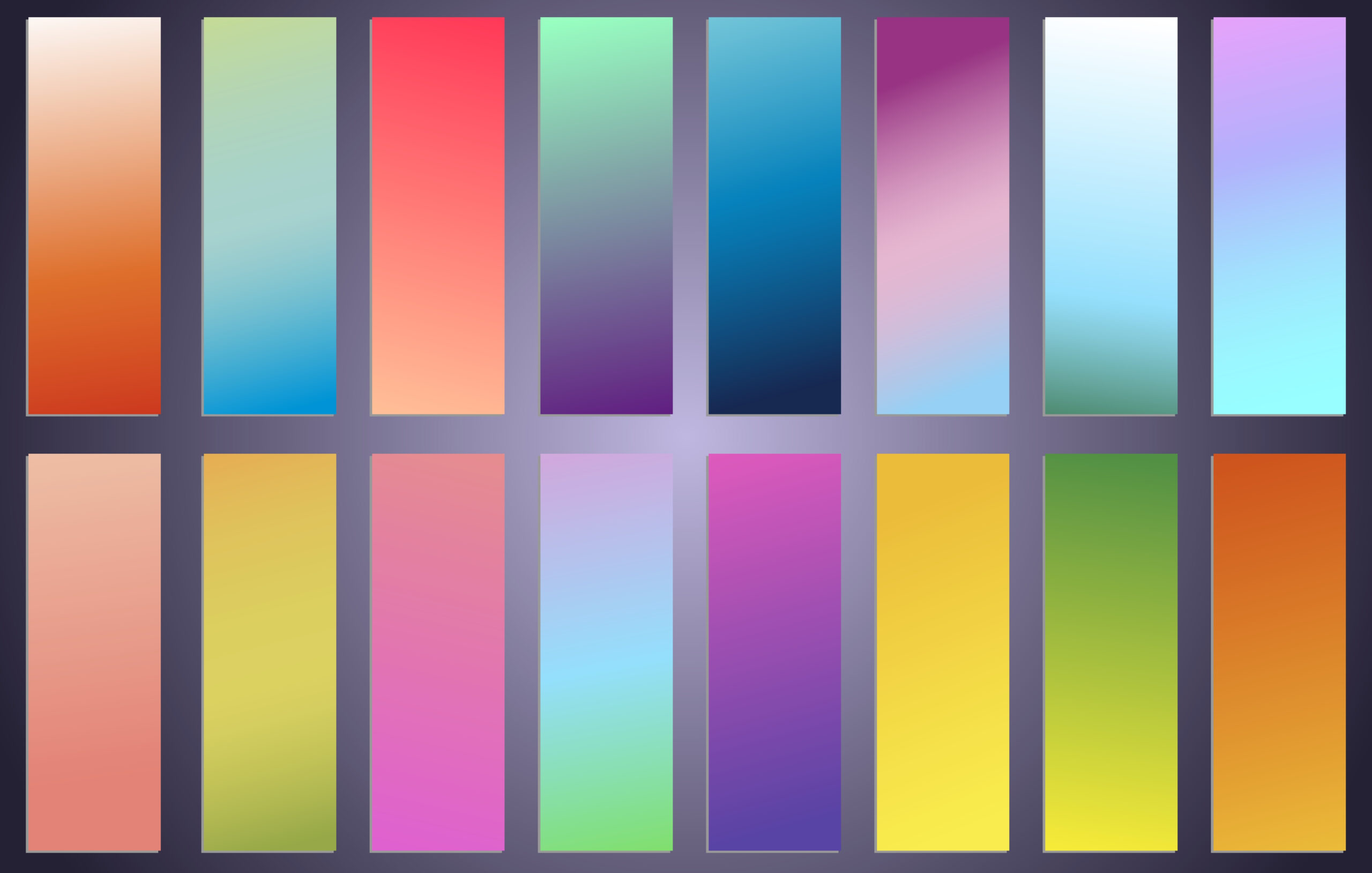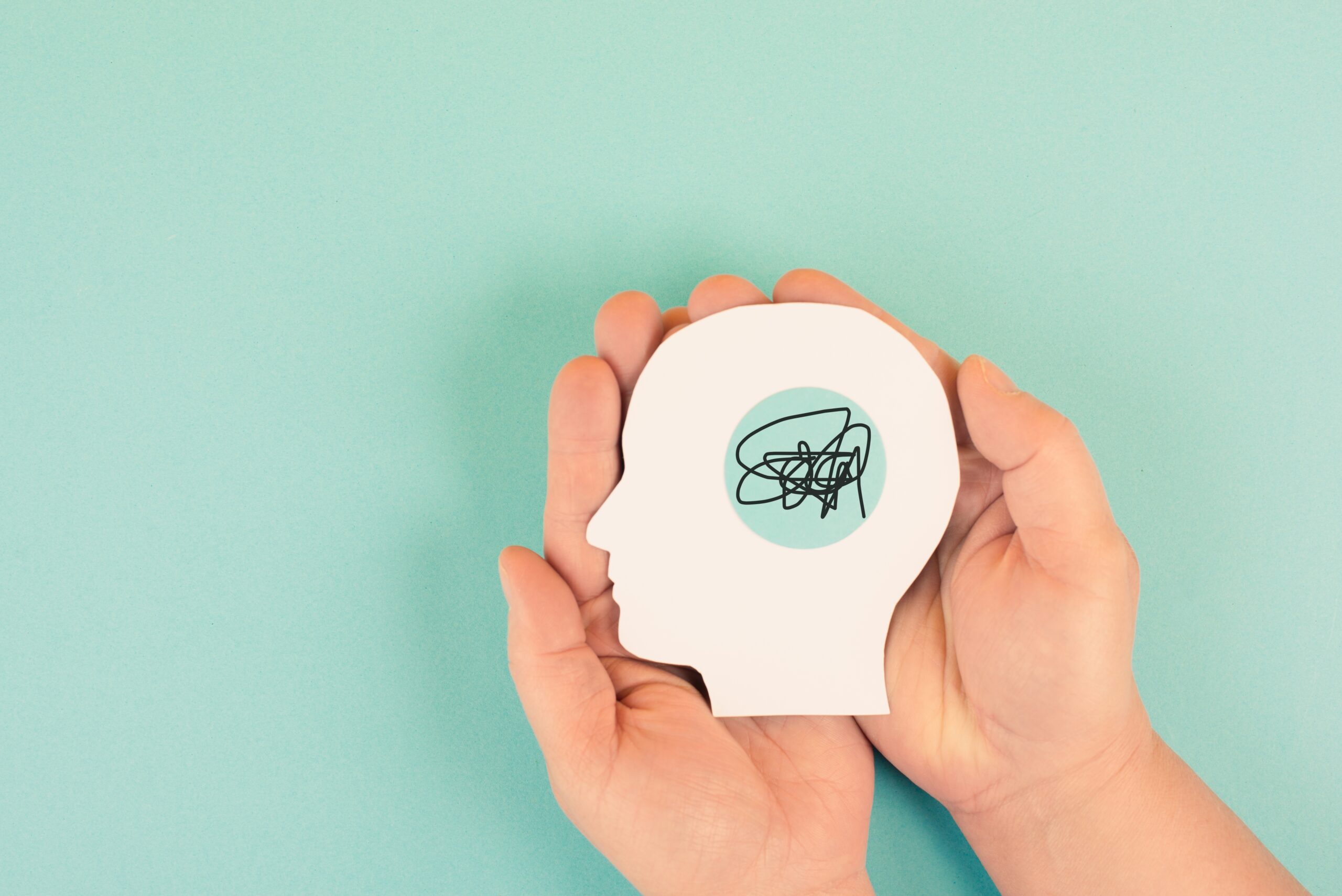Color is considered a universal principle of design [1]. While color can undoubtedly enhance visual appeal, the use of color in medical device design has purposes beyond aesthetics; color is a powerful tool through which designers can communicate information, shape experiences, and influence behavior.
Why is color so useful?
Colors symbolically communicate meaning. In their color-in-context theory [2, 3], Elliot and Maier synthesize evidence that the meanings associated with colors are both biological and learned. That is, some associations between color and meaning appear to be innate, and even shared across species, while other associations are formed over time. Learned associations are shaped by repeated experiences where color is paired with a specific meaning.
Color influences attention, emotions, memory, and performance. For example, the color red evokes avoidance motivation across cognitive and behavioral processes (for a review, see [2]). Taken together, strategic use of color can evoke specific meanings and influence psychological processes which can subsequently impact behavior. This provides designers the opportunity to guide users toward safe, efficient, and accurate use of medical devices.
How can color be used to guide positive outcomes in healthcare?
Guidance documents, such as HE75:2009 developed by the Association for the Advancement of Medical Instrumentation (AAMI), provide information on the use of color in medical settings. A critical principle for designers is that color should be used as a redundant design feature [5]. Put another way, color should not be used as a primary source of meaning. Instead, color should be used to emphasize meaning that is communicated through other features. Below we describe several examples of how color can be used in medical device design.
Guide visibility and attention
High-contrast colors help people identify objects and controls. By employing high-contrast colors, designers can draw attention easily and quickly.
Enhance usability
Color plays a pivotal role in designing intuitive user interfaces (UIs). By color-coding buttons and controls, designers make UIs easier to navigate and operate. Assigning different colors to buttons that perform distinct functions helps users identify and differentiate between their options. For example, a green color may signify a “Start” button, while a red color indicates a “Stop” button. This color-coding scheme aligns with common conventions (green for go/start, red for stop) that users are familiar with, enhancing intuitive interaction.
Reduce medical errors
Color-coded labels and caps on medication vials/syringes can help healthcare providers verify the correct drug and dosage.
Limitations of the use of color in medical device design
Although color is a valuable tool for enhancing positive outcomes in medical device use, several factors may limit the effectiveness of applying color to medical device design:
- Cultural Variability in Color-Meaning Associations. Consistent with the theory that color-meaning associations are learned, research suggests that some color-meaning pairings are culturally specific [4, 5]. Cultural differences in color associations may influence how features that use colors are interpreted.
- Individual Differences in Color Perception. Color blindness, or color vision deficiency (CVD), is a relatively common disorder that occurs most often in people assigned male at birth. CVD can affect the ability to distinguish between certain colors; for example, the most common form of CVD results in difficulty distinguishing between red and green.
Conclusion
Color plays an essential role in perception and can guide users’ behavior. Medical device designers can enhance usability and safety through thoughtful use of colors. However, designers should not rely on color to convey critical information. While some color associations may seem universal, it is important to remember that color-meaning associations are subjective. Moreover, individual differences in color perception are common, and may limit the accessibility of devices that rely heavily on color. Design alternatives, such as using shapes, patterns, or textures, can be used in addition to color to ensure information is accessible among diverse user groups.
Sources
- Lidwell, W., Holden, K., & Butler, J. (2010). Universal principles of design, revised and updated: 125 ways to enhance usability, influence perception, increase appeal, make better design decisions, and teach through design. Rockport Pub.
- Elliot, A. J., & Maier, M. A. (2012). Color-in-context theory. In Advances in experimental social psychology (Vol. 45, pp. 61-125). Academic Press.
- Elliot, A. J., & Maier, M. A. (2014). Color psychology: Effects of perceiving color on psychological functioning in humans. Annual review of psychology, 65, 95-120.
- Tham, D. S. Y., Sowden, P. T., Grandison, A., Franklin, A., Lee, A. K. W., Ng, M., … & Zhao, J. (2020). A systematic investigation of conceptual color associations. Journal of Experimental Psychology: General, 149(7), 1311.
- 5. Association for the Advancement of Medical Instrumentation. (2009). ANSI/AAMI HE75-2009: Human factors engineering—design of medical devices. Arlington, VA: Association for the Advancement of Medical Instrumentation.
Contact us to learn more about medical device design and how we can assist your human factors needs.




